Porcelain gallbladder is a condition in which the gallbladder wall is calcified, becomes hard, brittle, has a greenish color, and has a high risk of developing into gallbladder cancer.
This article was professionally consulted by Master, Doctor Nguyen Kim Tan, Center for Endoscopy and Digestive Endoscopic Surgery, Tam Anh General Hospital, Ho Chi Minh City.
The gallbladder wall may thicken unevenly, and the mucosa may be partially or completely sloughed off if the gallbladder wall is completely infiltrated with calcium. In cases of patchy calcium infiltration, the mucosa may become inflamed, increasing the risk of progression to gallbladder cancer.
Porcelain gallbladder is rare, accounting for less than 1% of all cholecystectomy cases. Women over 60 years old with gallstones are at high risk of developing porcelain gallbladder.
Porcelain gallbladder does not cause symptoms, and is often discovered incidentally during abdominal X-rays or abdominal CT scans. Initially, the disease is just a small calcification that appears on the gallbladder wall, attached to the mucosal layer. Then, calcification gradually replaces the entire gallbladder wall tissue with calcium.
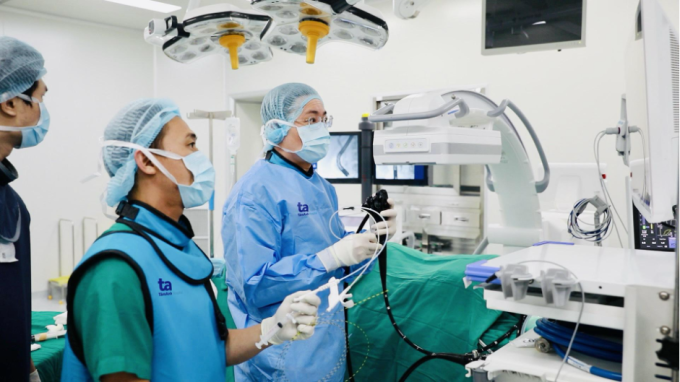
The medical team at Tam Anh General Hospital during a surgery in December 2023. Photo: Provided by the hospital
The rate of progression of malignant disease of porcelain gallbladder is about 5-22%. The mechanism of gallbladder calcification is not clearly defined, it may be the result of cystic duct obstruction, leading to calcium salt precipitation in the mucosa or chronic inflammation leading to bleeding, scarring and calcification of the gallbladder wall causing calcium salt deposition.
Chronic inflammation or degenerative and regenerative processes in the gallbladder epithelium may act similarly as carcinogenic stimuli.
Porcelain gallbladder has a high risk of developing into malignancy, patients need surgery to remove it, should not delay.
The gallbladder wall can be calcified to varying degrees. The likelihood of malignancy in the gallbladder is higher if some of the calcification is adherent to intact (not damaged) mucosa.
To prevent gallbladder disease, everyone should eat a healthy, scientific diet by eating lots of fiber from vegetables and fruits, good fats (supporting the gallbladder to contract stably), avoid eating a lot of sugar, fried foods, refined carbohydrates... Regular exercise is also important to help reduce the risk of gallstones.
Le Thuy
| Readers ask questions about digestive diseases here for doctors to answer |
Source link


![[Photo] Standing member of the Secretariat Tran Cam Tu chaired a meeting of the Standing Committee of the Organizing Subcommittee serving the 14th National Party Congress](https://vphoto.vietnam.vn/thumb/1200x675/vietnam/resource/IMAGE/2025/10/24/1761286395190_a3-bnd-4513-5483-jpg.webp)



![[Photo] Solemn funeral of former Vice Chairman of the Council of Ministers Tran Phuong](https://vphoto.vietnam.vn/thumb/1200x675/vietnam/resource/IMAGE/2025/10/24/1761295093441_tang-le-tran-phuong-1998-4576-jpg.webp)
![[Photo] Prime Minister Pham Minh Chinh chairs conference on breakthrough solutions for social housing development](https://vphoto.vietnam.vn/thumb/1200x675/vietnam/resource/IMAGE/2025/10/24/1761294193033_dsc-0146-7834-jpg.webp)





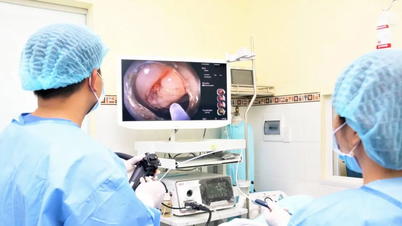



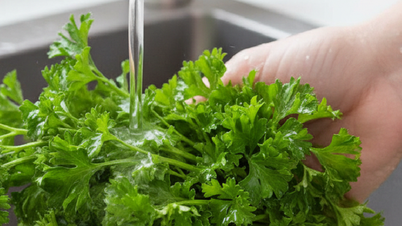

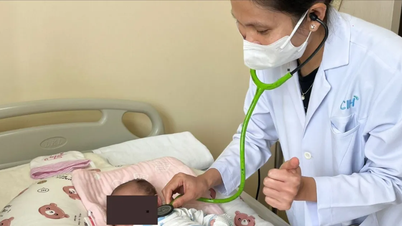
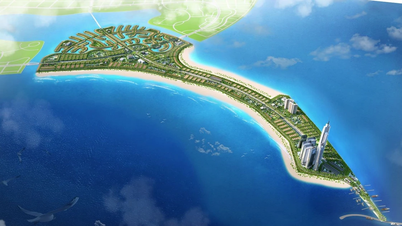


























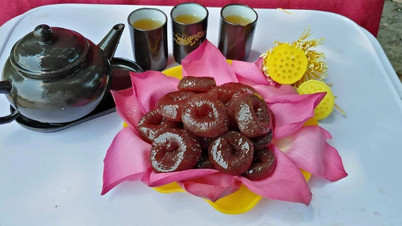





















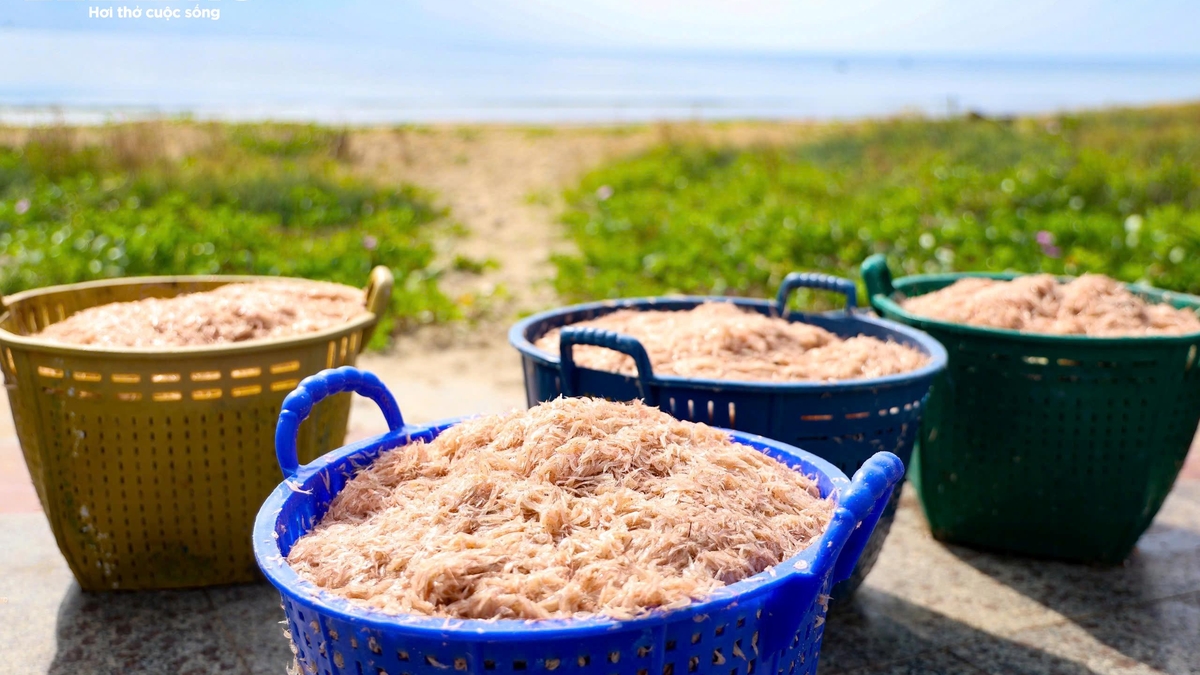







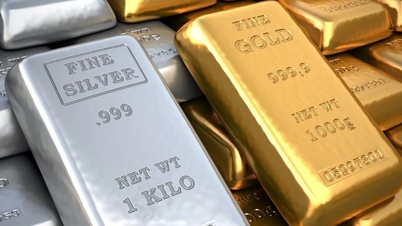






























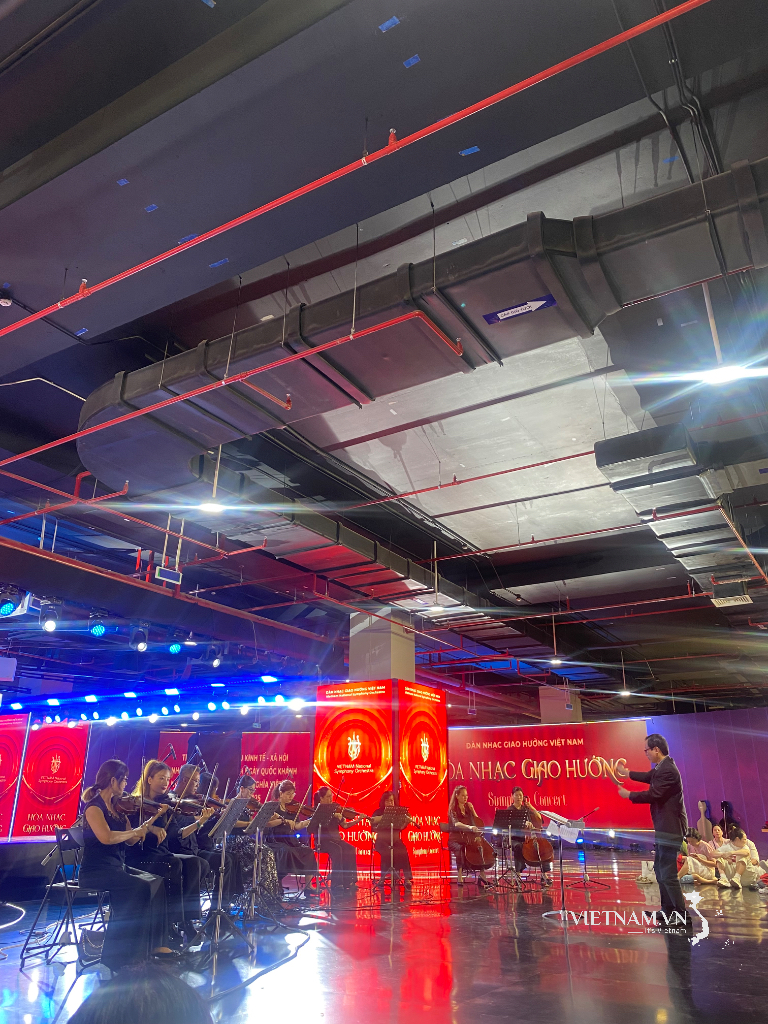



Comment (0)